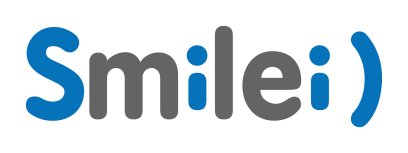Orateur
Description
University-level introductory plasma physics courses typically address the theoretical modeling of plasmas with modules devoted to several different topics (e.g. charged particles’ orbits in an electromagnetic field, multi-fluid and magnetohydrodynamic models) but do not necessarily include a computational plasma module. However, computational tools can be valuable to teach both basic and advanced plasma physics concepts and, at the same time, let the students directly familiarize themselves with the theory [[1]]. This can be of special interest to the laser-plasma interaction community [[2]]. Particle-in-cell codes, besides being a well-established tool in plasma research, may offer a convenient route to hands-on teaching of plasma physics [[3]].
We have recently started a new series of classes and an innovative extracurricular teaching action on computational plasmas at Politecnico di Milano [[4]]. In this contribution, we wish to share with the Smilei community our efforts to bring hands-on activities on computational plasmas - complementary to the Plasma Physics course [[5]] - in Master of Science university curricula at Politecnico di Milano. We overview the teaching actions that we have developed and in which Smilei has been used for didactic purposes, also by training the students in its usage. Simple coding activities provide an opportunity for the students to explore non-trivial aspects of basic physics, while open-source user-friendly codes like Smilei let the students access more complex scenarios. Overall, we have obtained positive feedback on these didactive activities from the students, and we aim at extending the breadth of computational plasmas classes.
[[1]]. D. Caballero et al. "PICUP: A community of teachers integrating computation into undergraduate physics courses." The Physics Teacher 57.6 (2019): 397-399.
[[2]]. J. Pasley et al. "Innovative education and training in high power laser plasmas (PowerLaPs) for plasma physics, high power laser matter interactions and high energy density physics: experimental diagnostics and simulations." High Power Laser Science and Engineering 8 (2020).
[[3]]. R. Fonseca. Zpic - educational particle-in-cell code suite, accessed January 2021. URL https://github.com/zambzamb/zpic
[[4]]. Computational plasma physics via particle-in-cell simulations, Innovative teaching course, Politecnico di Milano
[[5]]. Plasma Physics course, Politecnico di Milano

